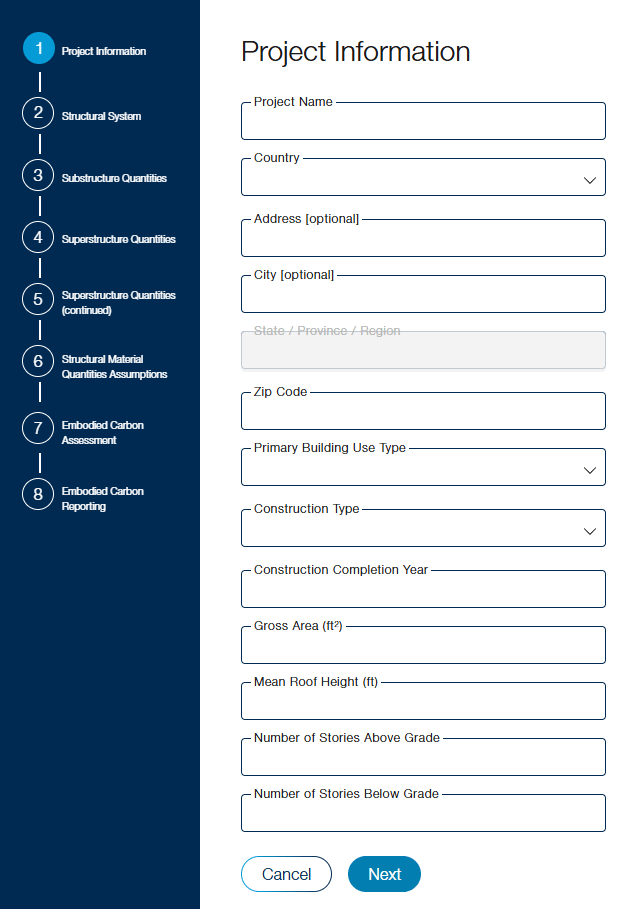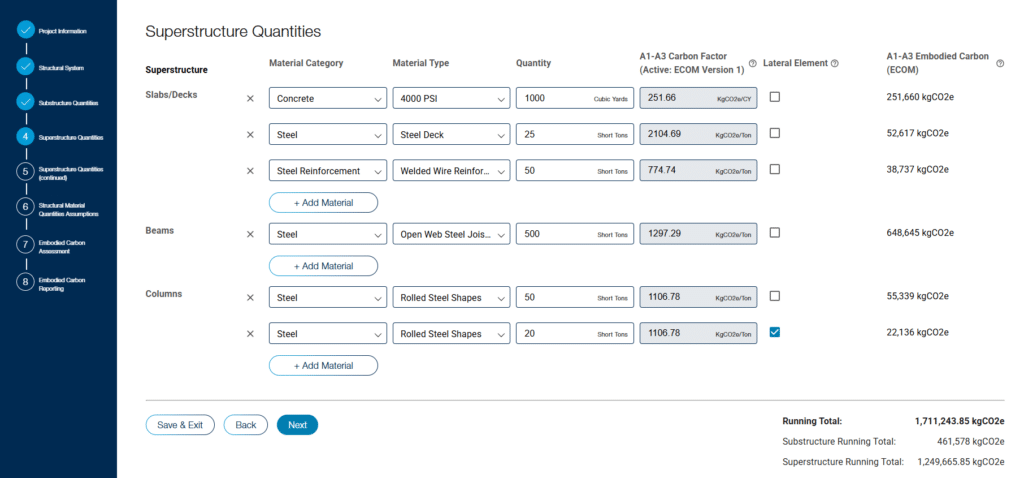FAQs
SE 2050 Signatory Firms have worked hard to submit valuable data to the existing database and SE 2050 aims to make this transition as seamless as possible. We hope the following FAQs will help Signatory Firms navigate the transition to the new database.
- Will firms need to re-enter old projects into the new database?
Following the launch of the database, firms will have the option to transfer their project data from the existing database to the new database. In accordance with the existing User Agreement, SE 2050 will distribute a form for signatory firms to fill out, which approves/denies SE 2050’s permission to transfer their data to the new database. Signatory firms will be given a 45-day period to opt in or out of the one-time data transfer from the existing to the new database. All data will need to be manually re-entered after the one-time data transition.
If a signatory firm elects to transfer their data to the new database, those projects will be populated in draft form in the new database and firm admins/users will need to verify the data before the projects become live in the new database.
2. What happens to my firm user and firm admin logins?
Existing firm user and firm admin logins from the existing database will no longer be usable once the new database is launched. At the time of the new database launch, the firm admin for each firm will have a pre-populated login associated with the email they have provided to SE 2050. Firm admins will simply need to create a new password to gain access to the new database. However, firm users who are not currently designated as the firm admin will need to create new logins for the new database.
3. Will firms still be able to bulk upload their data using the import spreadsheet?
Yes, firms will still be able to upload bulk data using a revised import spreadsheet that will be downloadable directly from the database webpage.
4. Will the old database and data visualizations be available after the transition to the new database?
No, the existing database will no longer be active for Signatory Firms once the new database is launched. SE 2050 encourages firms to download any data visualizations from the existing database prior to the launch of the new database.
5. Since the SMQ data entry will be changed for the new database, what happens to the SMQ data I entered in the existing database?
Due to the expansion of SMQ data collection, the SMQ data in the existing database could not be mapped to the new SMQ fields without making assumptions on behalf of the Signatory Firms. SMQ data in the existing database will all be entered under Superstructure Slabs/Decks for each project. We encourage Signatory Firms to export SMQ data from the existing database prior to the transition so they can recategorize the SMQ data when verifying projects in the new database.



